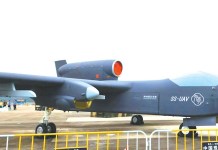Chinese President Xi Jinping has urged defense scientists to “break new ground” in the development of the communist country’s military technology. China’s advancement in this area is reflected in its latest aircraft, aircraft carrier, bomber, missile, and satellite designs.
World’s 1st Twin-Seat Stealth Aircraft – J-20 Mighty Dragon Could Be On Way; Experts Call It ‘Force Multiplier’
Speaking at a military conference on weaponry and equipment-related work held in Beijing on 25 and 26 October, Xi hailed the historic achievements in equipment and weapons development that had taken place over the past five years.
He stated that the progress has served as the material and technological underpinning for the nation’s strategic capabilities, especially in terms of military strength.
He also called for efforts to speed up the execution of tasks for the 14th Five-Year Plan period (2021-25) and advance the building of a streamlined and sophisticated management system for military ammunition and accouterments.

State-owned Global Times quoted Song Zhongping, a Chinese military expert and TV commentator, as saying that the core of Xi’s speech coincided with China’s objective of realizing informatization, mechanization, and intelligentization ahead of the upcoming 100th anniversary of the PLA’s founding in 2027 and basically complete the modernization of China’s national defense and armed forces by 2035.
“To improve the combat capacity of the PLA, the key is to realize technical independence and strength. As we are facing a tough security environment, we should grasp in our hands as many core technologies as possible,” Song said.
FACE-OFF: China’s Development Of Powerful Directed Energy Weapons (DEWs) Triggers A Global ‘Laser War’?
Building A Strong Military
Given the stiff security situation that it is currently facing, China needs to build a strong military to be prepared enough for potential wars in the future, according to the analyst.
“So the PLA needs to aim for becoming a world-class military force, the weaponry that China develops should at least empower its military with the strength to defeat the world’s most powerful and most advanced military force in the region,” Song noted.
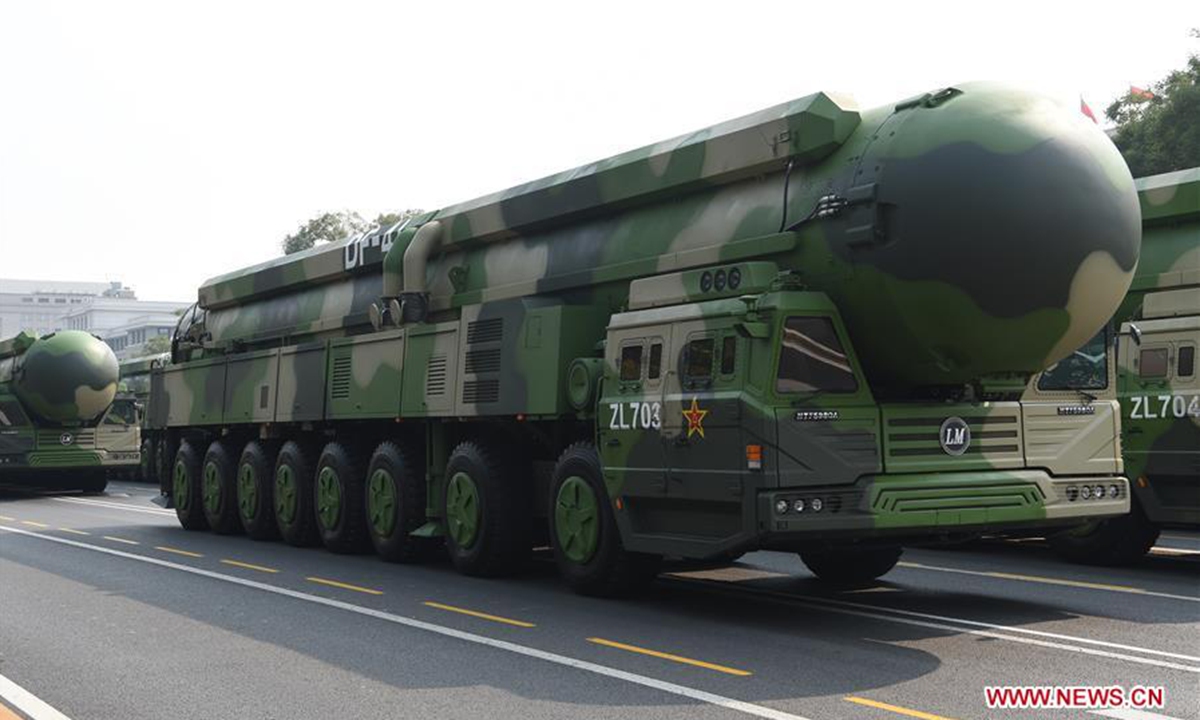
One way in which Beijing is using its new military hardware is to take more aggressive stances with its neighbors. China’s military power is the backbone behind decisions such as building pressure on Taiwan, imposing the mainland’s rule on Hong Kong, asserting its claim on extensive swathes of the Indo-Pacific maritime area, and engaging with Indian troops along the contested Line of Actual Control (LAC) region.
The country has also built new military bases on uninhabited islands in the South China Sea. This has caused serious friction with Southeast Asian nations such as the Philippines, Vietnam, Malaysia, and others. Claims on Japan-administered Okinawa and Ryukyu islands have sparked similar disputes between the two countries.
ASAT And Stealth Bomber
Right before Xi Jinping spoke at the military conference where he encouraged scientists to ‘break new ground’ in developing weapons to create a ‘world-class’ army, the launch of a new Chinese craft into space was revealed.
Su-57 Fighter ‘Outperforms’ US’ F-35 Stealth Aircraft In Three Critical Areas – Russian Military Expert
Beijing shot off the Shijian 21 satellite into orbit last week onboard a Long March rocket, stating that the purpose of the mission is to test “technologies to… neutralize space debris”. However, the US warned that this could be a satellite-crushing weapon.
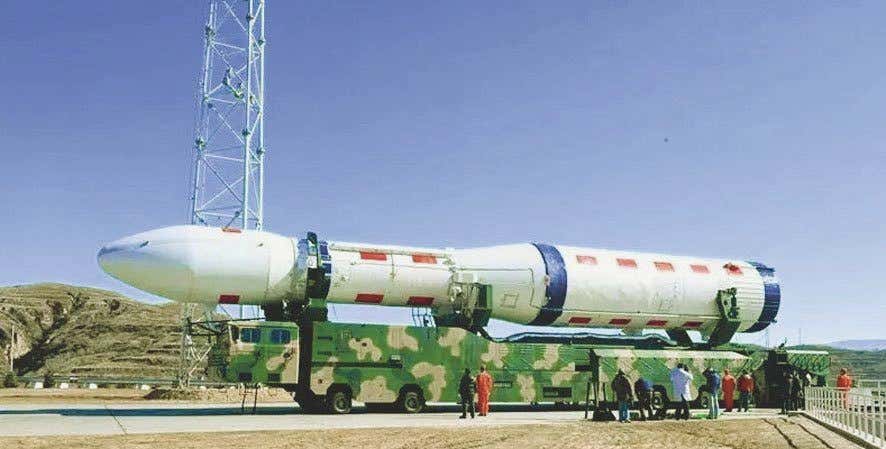
Washington believes that the same technology could be used to ‘grapple’ and destroy other satellites. It alleged that this is a part of China’s strategy to achieve “superiority through space-attack systems”.
The satellite isn’t the only development that the West is wary about, though. In July, the People’s Liberation Army (PLA) had announced plans to unveil a new stealth bomber in 2021.
Reports had clearly mentioned that the H-20 would be a nuclear platform, with there being some likelihood of it firing a long-range cruise missile, slightly similar to the US’ Long-Range Standoff weapon that is slated to arm the B-21.
Four computer-generated images of the Xian H-20 seemed to show key features including a weapons bay, two adjustable tail wings, and an airborne radar at the front along with two stealth air intakes on either side. It was also noted that the entire bomber was seen as covered in a dark gray radar-absorbent material.
There have been quite a few speculations regarding the aircraft’s speed. Some of them suggest that the bomber will be able to fly at subsonic speeds and would be armed with up to four hypersonic stealth cruise missiles.
It is believed that the developer – Xian Aircraft Industrial Corporation (XAC) – has prioritized stealth and distance over speed to enable the bomber to strike distances that had thus far remained outside the range of the PLAAF bombers.
Reports have also suggested that the H-20 stealth bomber would have a maximum take-off weight of at least 200 tonnes and a payload of more than 45 tonnes.
Super-Carrier, New Fighter Jet
Another aircraft that China is expected to unveil before the end of this year is its fifth-generation carrier-based stealth fighter. This upcoming aircraft is rumored to be a derivative of the indigenously developed FC-31 that was made by the state-owned Shenyang Aircraft Corporation.
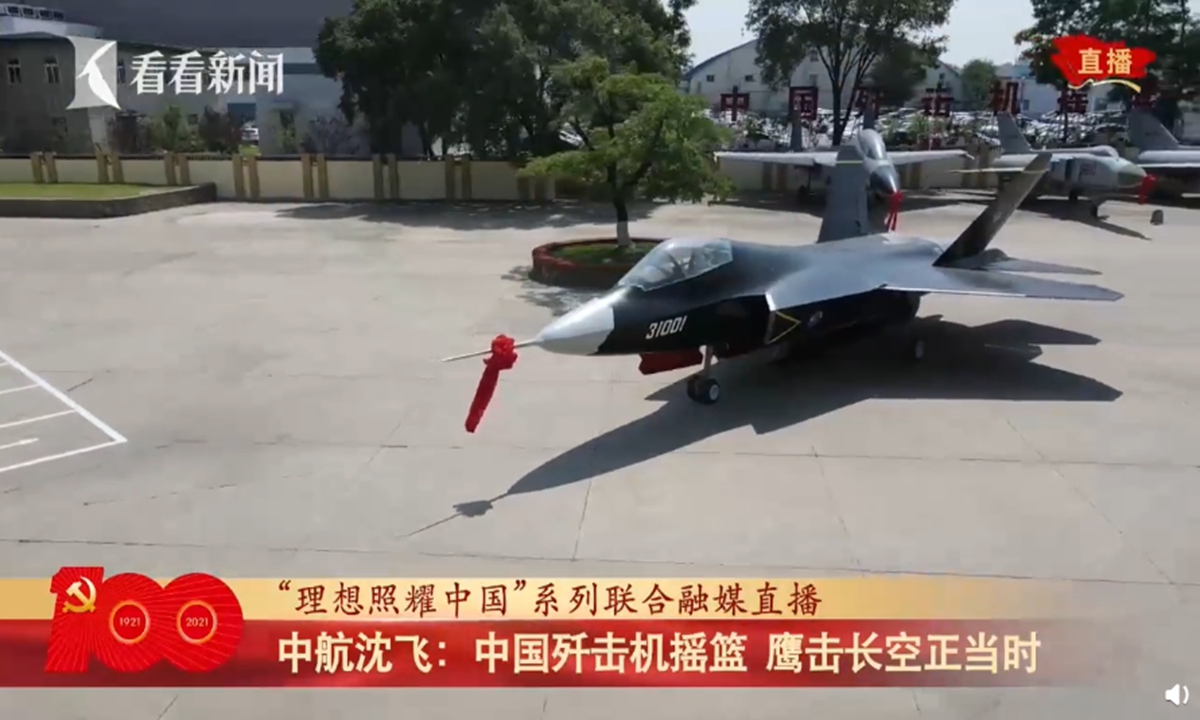
Details regarding the fighter remain elusive. However, it is believed that once the jet is inducted into the PLA Navy (PLAN), it is likely to operate from Type 003 supercarrier, China’s third carrier currently under construction.
Type 003 is a 315-meter aircraft carrier that is currently taking shape in the dockyards of Shanghai. The construction progress of this carrier was revealed by satellite photography in May this year.
BrahMos-II Missile: How India’s Hypersonic Missile Program Will Get A ‘Big Boost’ From Russian Technology?
Seen as the next step in China’s naval expansion, the carrier is expected to weigh over 85,000 tonnes with an electromagnetic aircraft launch system (EMALS) onboard to enable the warship to launch aircraft with more fuel, weapons and airborne radars, anti-submarine warfare, and aerial refuellers from the floating deck.
What this effectively implies is a phenomenal increase in the range and striking capability of the aircraft carrier.
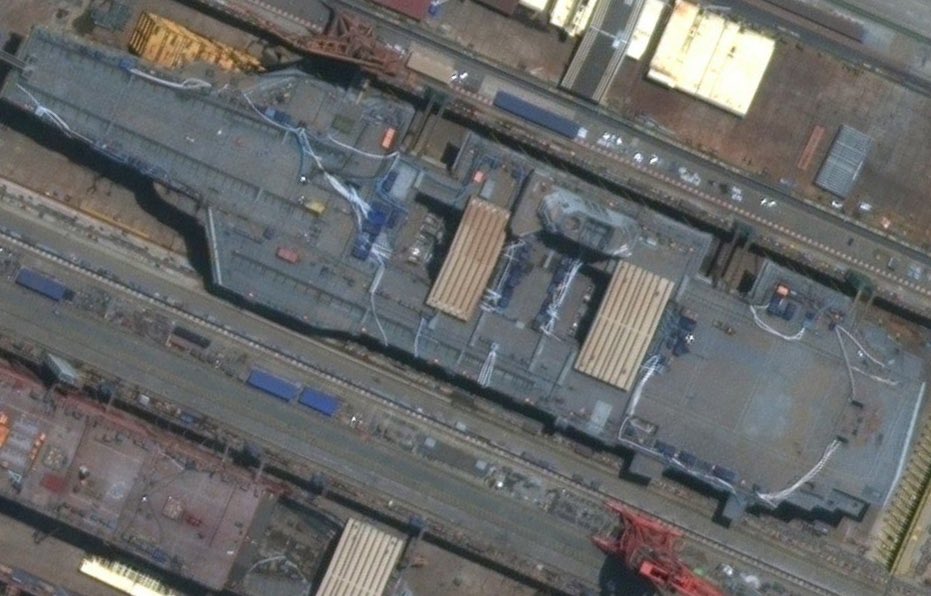
Beijing, which already has the largest navy and shipbuilding industry on the planet today, is definitely set to gain an edge with Type 003. This vessel is the same size as the latest US Ford class with a matching electromagnetic catapult for launching jets. China’s total fleet has trebled in size in the last 20 years and aims to increase to 400 by 2025.
- Written by Shreya Mundhra/EurAsian Times Desk
- Contact the author at: shreyya.mundhra@gmail.com
- Follow EurAsian Times on Google News


